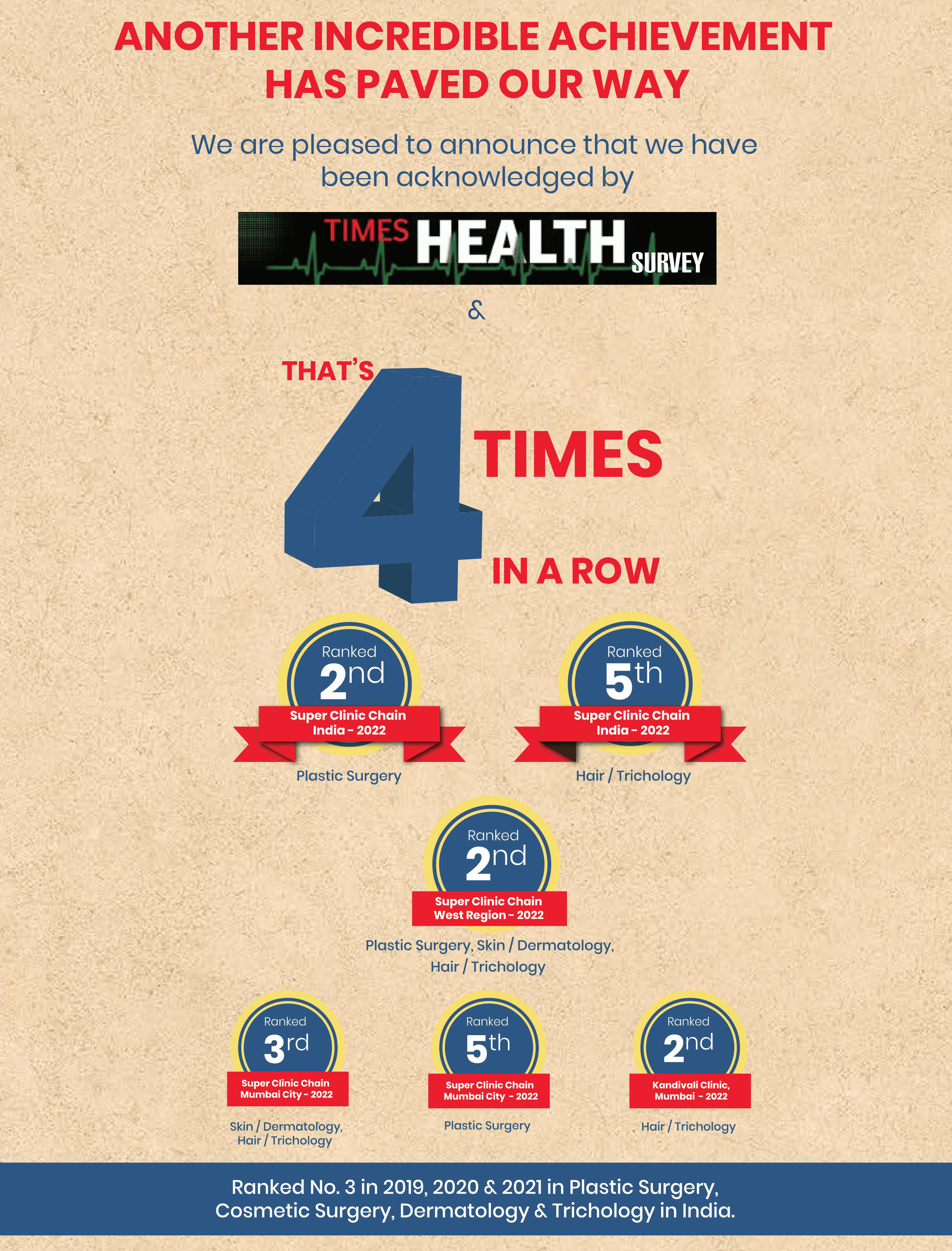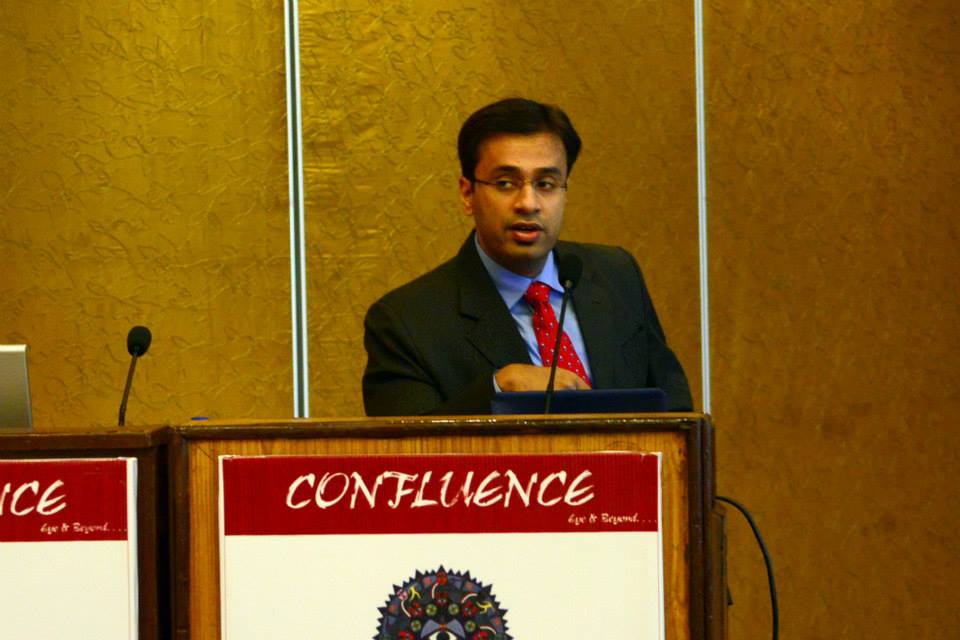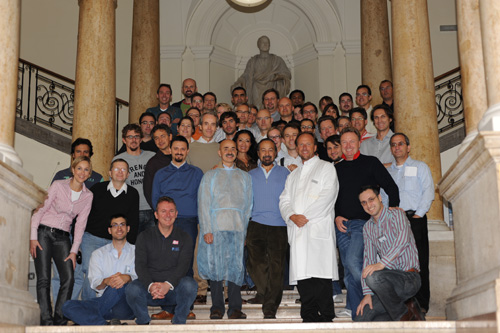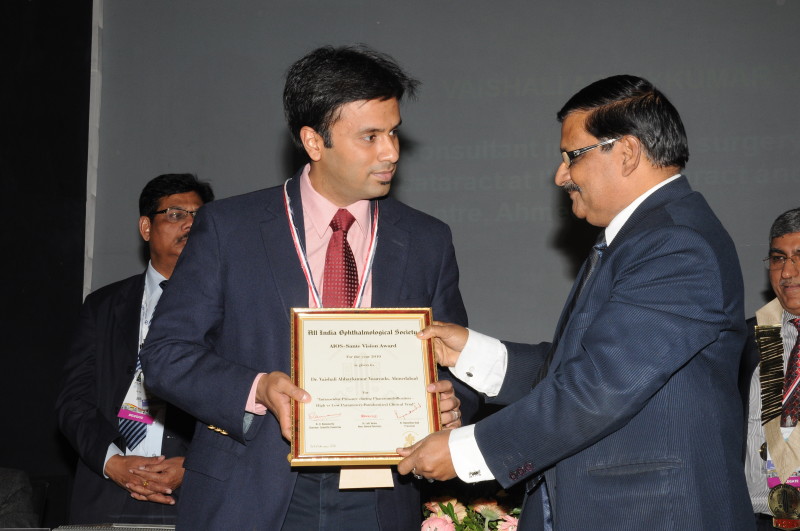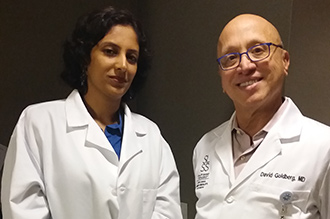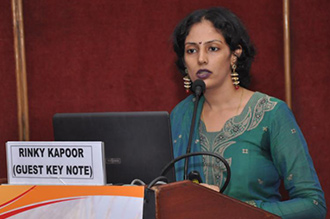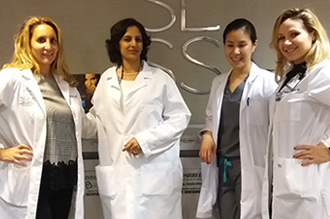
Non bullous impetigo usually affects the areas around nose and face. (Photo:Mayo Clinic)
Impetigo is a bacterial skin infection that appears as honey coloured/ red colours blisters or sores on face, hands, legs and the diaper area. This infection mostly affects kids, but adults are not immune to it too. In this article, Dr. Rinky Kapoor, Consultant Dermatologist, Cosmetic Dermatologist & Dermato-Surgeon, The Esthetic Clinics, Mumbai will tell us more about this contagious skin infection, including the types, symptoms, how to prevent and treat it. Keep reading to protect your kids and yourself from impetigo amidst the pandemic. Also Read - More Sleep or More Exercise: Both Can Help Children Achieve The Same Reduction In BMI
Two common bacterium Staphylococcus aureus or Streptococcus pyogenes cause this contagious skin infection. Bacterial infection damages the healthy epidermis (outer layer of the skin) and it can also seep in through the minor cuts, bits, or rashes on the skin. Impetigo is most common in young children and pre-schoolers and spreads very easily. The most common means of spreading is scratching the infected skin and spreading the fluid leaks from the infected area. There are two types of impetigo: Primary impetigo when the infection is on healthy skin, and Secondary impetigo when the infection occurs on broken skin. Also Read - Things that can impact your child’s bone development
The symptoms of impetigo are easy to spot. These include: – Also Read - Children who snore frequently may develop behavioural problems: The reason explained
If your child is complaining of these symptoms, then you must take him/her to a good doctor or dermatologist to understand and prepare for an appropriate treatment plan. It is important that you get a proper treatment because untreated impetigo can lead to a widespread infection and further conditions such as confusion, difficulty in breathing and high fever.
Impetigo is classified in two types based on the symptoms, which are Bullous Impetigo and Non bullous impetigo.
Bullous Impetigo: This appears as large blisters on the skins of children and infants around the buttocks and trunk region. This is caused because of the staph bacteria. The epidermis separates from the lower dermis and yellow coloured fluid blisters are formed.
Non bullous impetigo: This is the more common form of impetigo and it can be caused because of staph or strep bacteria and it normally evolves as small papules that rapidly manifest in small blisters. This type of impetigo usually affects the areas around nose and face.
Bacteria flourish in moist and warm conditions and therefore impetigo is at its peak during warm and humid weather conditions. The following risk factors increase the risk of impetigo:
Since impetigo is a bacterial infection, it can be easily treated with the help of oral and topical antibiotics treatment. When treated in time it does not leave any scarring or damage the skin. The symptoms of impetigo usually do not start 1-3 days after the infection, but it can be contagious for up to 10 days. It is important that you avoid all types of contacts unless the doctor declares the impetigo non- contagious. Non bullous impetigo can be treated with a simple antibiotic ointment for about 1 week. In case the infection is spread then the antibiotic pill is prescribed for a week or ten days.
Make sure that the child/ adult takes the medicine on time otherwise the infection can lead to permanent skin problems. Apart from the doctor prescribed treatment you should also take care to
With little care and attention, you can avoid getting this bacterial infection. Here is what you can do:
It is very rare to have complications because of impetigo but it is best to consult your dermatologist if you see a recurring appearance of impetigo.
Article Source - https://www.thehealthsite.com/news/impetigo-how-to-protect-your-kids-from-the-contagious-skin-infection-this-summer-808959/


Dr. Debraj Shome is Director and Co founder of The Esthetic Clinics. He has been rated amongst the top surgeons in India by multiple agencies. The Esthetic Clinics patients include many international and national celebrities who prefer to opt for facial cosmetic surgery and facial plastic surgery in Mumbai because The Esthetic Clinics has its headquarters there.
